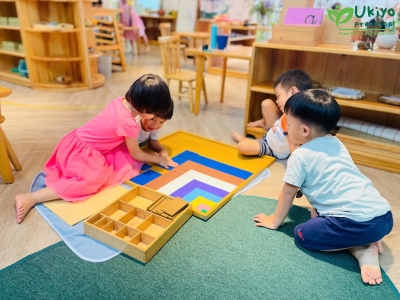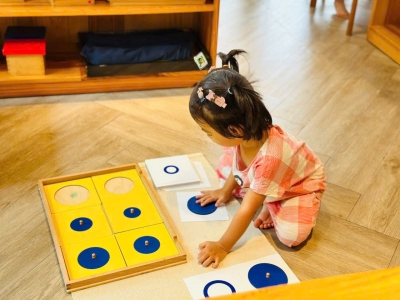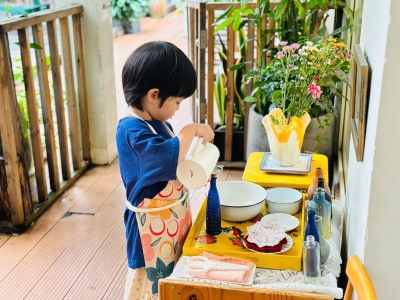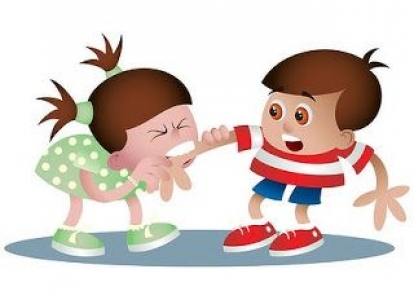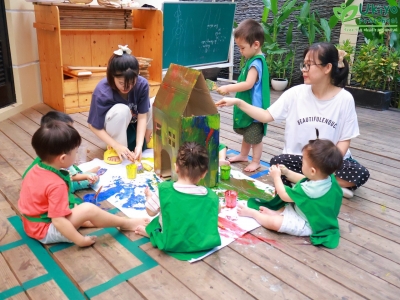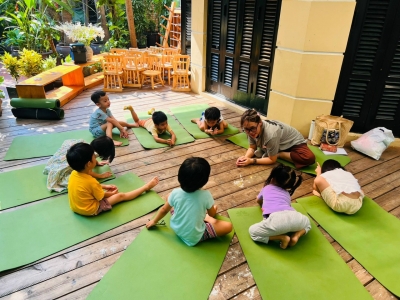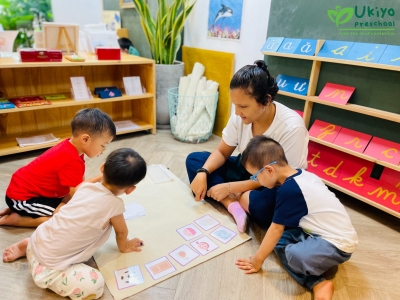The Key to Healthy Foot Development in Children: Choosing the Right Footwear
As parents, we want the best for our children, and that includes ensuring their physical development is on the right track. One often overlooked aspect is the development of their feet. Did you know that when a child is born, they have 22 bones within each foot? By the age of three, this number doubles, but during this period, the bones are not fully hardened, making their feet incredibly malleable. This is a critical phase for foot development, and the choices we make regarding their footwear play a significant role in shaping their future foot health.

Building the Arches: A Journey from Toddler to Walker
The process of developing arches in a child's feet is truly fascinating. It all begins when toddlers start assisted standing and continue as they take their first steps. Contrary to popular belief, no child is born with arches; rather, every single arch is built during this early stage. The entire process takes around 2-3 years and is fundamental in establishing the proper arrangement of bones and foot architecture.
The Impact of Footwear on Foot Development

As our little ones start walking, the shoes they wear become more than just a fashion statement. The type of footwear they don can significantly influence their foot development. Overly restrictive and supportive shoes can hinder the natural strengthening of the muscles within their feet. Imagine trying to build muscles with weights constantly holding you down—it's just not effective!
Artificial arch support is another culprit that can impede natural arch development. Our body's amazing design allows it to adapt and strengthen as needed. When we add artificial support beneath a developing foot, we unintentionally signal to the body that there's no need to build a natural arch, which can lead to problems later in life.
The Consequences of Ill-Fitting Shoes
Beyond arch support, the design of the shoe itself matters. A narrow toe box is a common feature in many children's shoes, and it restricts the natural toe splay. This can lead to foot deformities and hinder the development of balance and proprioception.
Our feet are equipped with over 200,000 sensory receptors, and these receptors play a crucial role in providing feedback to the brain about our environment. When children wear shoes that restrict movement and sensory feedback, it interferes with their ability to develop balance and a sense of their surroundings.
The Joys of Going Barefoot
Now, you might be wondering if the solution is to keep your child barefoot all the time. Well, that's not a bad idea! Allowing your little one to go barefoot when it's safe to do so has numerous benefits. It provides the necessary sensory feedback, fosters natural foot movement, and aids in developing balance and proprioception. Plus, it's so much fun for them!
Choosing the Right Footwear: Key Elements to Consider
Of course, there will be instances where your child needs to wear shoes—like in school or public places. So, what should you look for when selecting the right footwear? Here are the key elements to keep in mind:
- Thin Sole: A thin sole allows for better ground contact, enhancing sensory feedback and natural foot movement.
- Flexible Sole: Opt for shoes with a flexible sole that mimics the foot's natural movement. This supports proper foot muscle development.
- Wide Toe Box: A spacious toe box accommodates natural toe splay, preventing foot deformities and improving balance.
- No Raised Heel: Flat shoe designs maintain a natural foot position, preventing misalignments.
- No Artificial Support: Avoid shoes with artificial arch support to encourage the development of natural arches and foot strength.
- Lightweight Composition: Lightweight shoes reduce the strain on growing feet, promoting comfort and mobility.
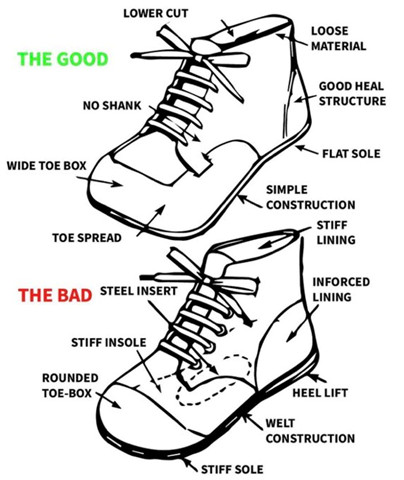

Conclusion
The development of our children's feet is a journey that deserves our attention and care. By choosing the right footwear, we can foster healthy foot development and pave the way for a lifetime of foot health. Allow your child to go barefoot whenever possible and opt for shoes that prioritize their natural foot movement. Remember, the decisions we make today will shape their future foot health and overall well-being. Happy feet mean happy kids!
(Ukiyo Team)
Others



